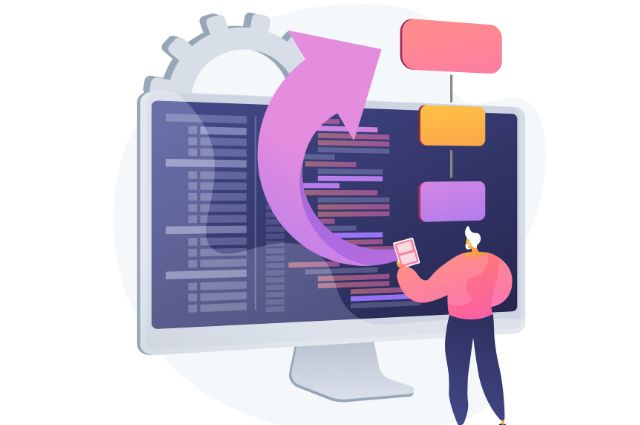
In the realm of software development, understanding and mastering the bootloader is akin to holding the key to the treasure chest. The bootloader, a unique and critical piece of code, stands as the gateway between a device’s hardware and its operating system. This article delves deep into the intricacies of bootloader development, offering a comprehensive guide that not only enlightens but also empowers developers to take their skills to new heights.
The Essence of Bootloader Development
At its core, bootloader development involves the creation of low-level software that initializes hardware and loads the main operating system on a computer or an embedded device. It operates at the boundary of hardware and software, ensuring a seamless transition from the power-on state to the fully operational state of the device.
Why Focus on Bootloader Development?
The importance of bootloaders cannot be overstated. They play a pivotal role in system security, hardware initialization, and recovery processes. A well-developed bootloader not only ensures the smooth functioning of the system but also provides a robust framework for secure booting, which is crucial in protecting against unauthorized firmware modifications.
Key Components of Bootloader Development
Bootloader development encompasses several key components, each vital for the successful operation of the bootloader:
- Initialization Routines: These are the first step in the bootloader process, where the hardware components of a device are initialized to create a conducive environment for the operating system to run.
- Loading Mechanism: This component is responsible for loading the operating system into memory from its storage location. It must be efficient and capable of handling different file systems and storage technologies.
- User Interface: A bootloader may include a user interface, allowing users to select different boot options, such as the operating system version or recovery tools. This component requires careful design to ensure ease of use and accessibility.
- Security Features: Incorporating security measures into the bootloader is crucial for protecting the device from threats. This includes verifying the integrity and authenticity of the operating system before loading it.
Best Practices in Bootloader Development
To achieve excellence in bootloader development, adhering to best practices is essential:
- Keep it Lean and Efficient: The bootloader should be as lightweight as possible, ensuring quick boot times without compromising on functionality or security.
- Focus on Portability: Given the wide variety of hardware platforms, designing bootloaders with portability in mind ensures broader applicability and ease of adaptation.
- Prioritize Security: Implement secure boot mechanisms and cryptographic verification to protect against tampering and ensure that only trusted firmware is loaded.
- Ensure Robust Error Handling: Robust error handling mechanisms are crucial for diagnosing issues during the boot process and initiating recovery actions when necessary.
The Future of Bootloader Development
As technology evolves, so too does bootloader development. The future promises advancements in secure booting techniques, faster boot times, and greater customization options for developers and users alike. Staying abreast of these developments is key to mastering bootloader development and unlocking the full potential of hardware and software integration.
Conclusion
Mastering bootloader development is an indispensable skill in the modern tech landscape, offering the dual benefits of enhanced system security and optimized hardware performance. By understanding its core components, adhering to best practices, and keeping an eye on future trends, developers can ensure that they are well-equipped to tackle the challenges and opportunities that bootloader development presents.







